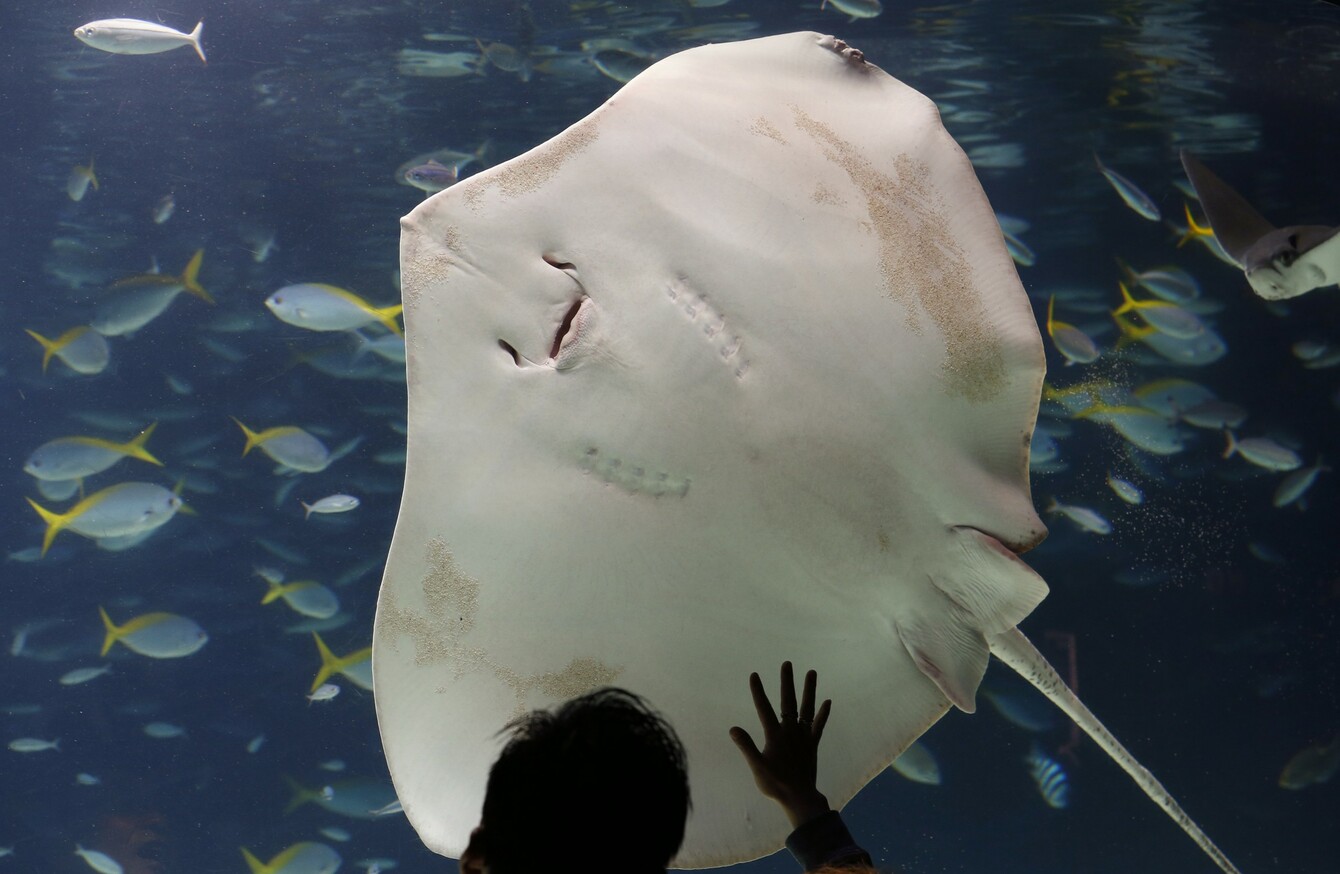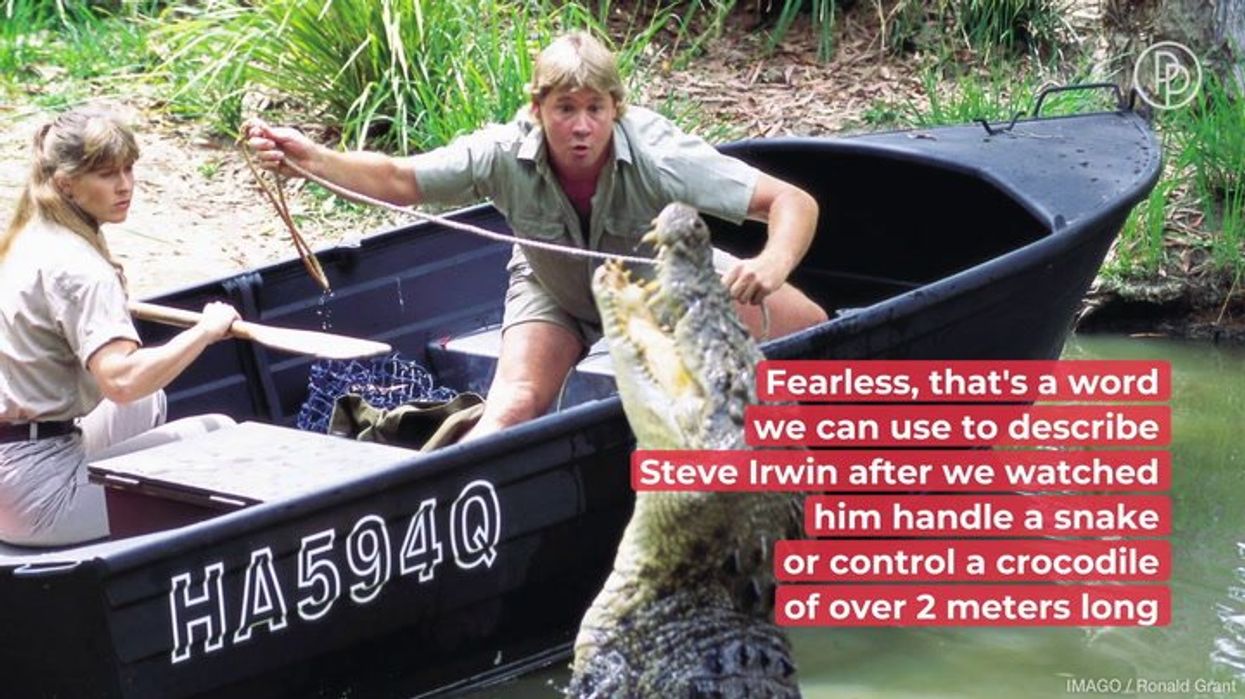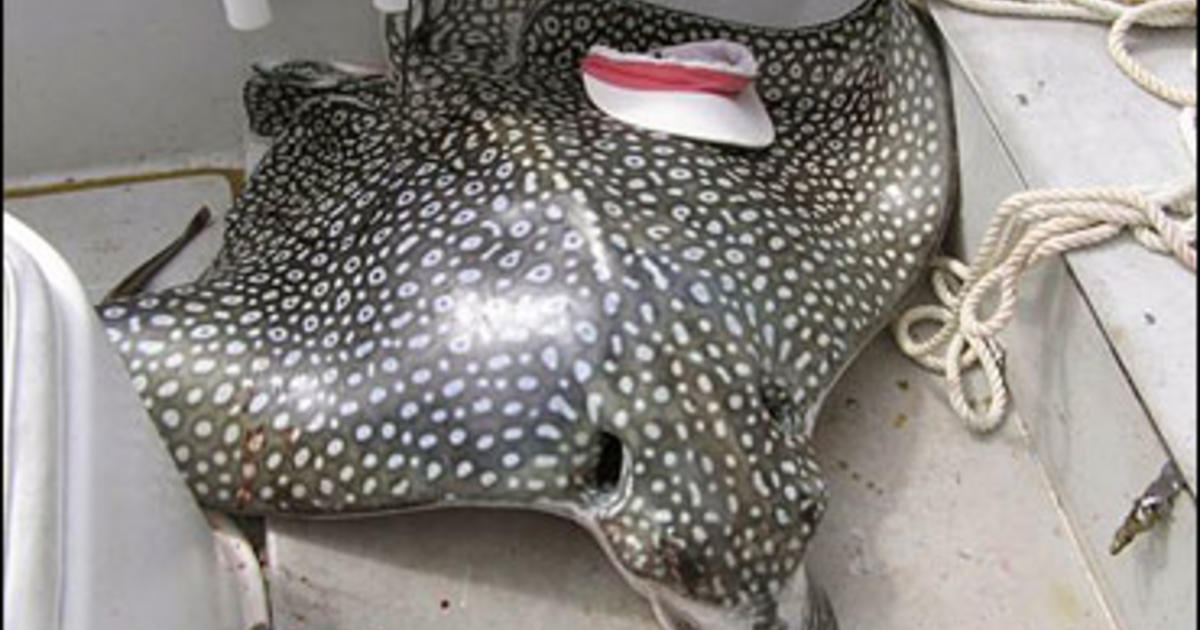The tragic incident involving the stingray that killed has left an indelible mark on both marine enthusiasts and the general public alike. On September 4, 2006, the world was shocked by the sudden and untimely death of renowned naturalist and wildlife documentary host Steve Irwin. The event unfolded in the waters of the Great Barrier Reef, where Irwin, known for his daring encounters with wildlife, met an unforeseen fate at the hands of a stingray. This article delves into the details surrounding this unfortunate event, exploring the biology of stingrays, the circumstances of the incident, and its impact on marine conservation awareness.
This heart-wrenching story not only highlights the dangers of interacting with wildlife but also underscores the importance of respecting nature's boundaries. Steve Irwin's death was a stark reminder of how even the most experienced individuals can face unforeseen risks when working closely with animals in their natural habitats. As we explore the circumstances surrounding the stingray that killed, we'll uncover the broader implications of this event on marine biology research and public education.
Through an in-depth analysis, this article examines the biology of stingrays, the chain of events leading to the tragedy, and the legacy left behind by Steve Irwin. By understanding the nuances of this incident, we can honor Irwin's memory by fostering a deeper appreciation for marine life and the critical role it plays in our ecosystems. Join us as we unravel the story behind the stingray that killed and its lasting impact on the world.
Read also:Unveiling The Love Island Usa Season 6 Cast Ages A Detailed Breakdown
Who Was Steve Irwin?
| Full Name | Stephen Robert Irwin |
|---|---|
| Date of Birth | February 22, 1962 |
| Place of Birth | Essendon, Victoria, Australia |
| Occupation | Naturalist, Conservationist, Television Personality |
| Known For | Host of "The Crocodile Hunter" and Advocacy for Wildlife Conservation |
Steve Irwin, affectionately known as "The Crocodile Hunter," was a globally recognized figure in wildlife conservation and education. Born in Essendon, Victoria, Australia, Irwin grew up immersed in the world of wildlife, thanks to his parents' passion for reptiles. He became a prominent advocate for the protection of endangered species and their habitats, using his charisma and enthusiasm to educate millions about the wonders of the natural world.
What Led to the Incident Involving the Stingray That Killed?
On the fateful day of September 4, 2006, Steve Irwin was filming a documentary titled "Ocean's Deadliest" in the waters of the Great Barrier Reef. The expedition aimed to showcase some of the most dangerous marine creatures, including stingrays. During one of the dives, Irwin swam too close to a stingray, which, feeling threatened, lashed out with its venomous barb. The stingray's barb pierced Irwin's chest, causing fatal injuries that tragically ended his life.
Why Do Stingrays Pose Such a Threat?
Stingrays are generally docile creatures that prefer to avoid confrontation. However, when they feel threatened or cornered, they can deploy their venomous barbs as a defense mechanism. The barb of a stingray contains toxins that can cause severe pain, infection, and, in rare cases, death. While attacks on humans are extremely uncommon, the incident involving the stingray that killed Steve Irwin serves as a reminder of the potential dangers posed by these creatures.
Understanding the Biology of Stingrays
To comprehend the circumstances surrounding the stingray that killed, it's essential to explore the biology of these fascinating marine animals. Stingrays belong to the class Chondrichthyes, which also includes sharks and skates. They are characterized by their flat, disc-shaped bodies and long, whip-like tails equipped with venomous barbs. These barbs are used primarily for defense against predators.
How Can We Prevent Similar Incidents?
While the tragedy involving the stingray that killed Steve Irwin was a rare occurrence, it underscores the importance of exercising caution when interacting with wildlife. Marine biologists and conservationists emphasize the need for education and awareness to prevent similar incidents. Key strategies include maintaining a safe distance from marine animals, understanding their behavior, and respecting their natural habitats.
What Are the Conservation Implications of the Stingray That Killed?
Following the incident, there was a surge in public interest in stingray conservation. Many people were surprised to learn about the gentle nature of these creatures and the critical role they play in maintaining healthy marine ecosystems. The tragedy became a catalyst for increased awareness and efforts to protect stingrays and their habitats from overfishing and habitat destruction.
Read also:Comprehensive Guide To Tucson Electric Power Payment Streamline Your Utility Management
What Can We Learn From the Legacy of Steve Irwin?
Steve Irwin's untimely death left a void in the world of wildlife conservation, but his legacy continues to inspire countless individuals to take action. Through his work, Irwin taught millions about the importance of preserving biodiversity and respecting the natural world. His passion for wildlife and commitment to conservation serve as a guiding light for future generations.
How Has the Incident Impacted Marine Biology Research?
The incident involving the stingray that killed Steve Irwin prompted marine biologists to conduct further research into stingray behavior and interactions with humans. Scientists have since gained a deeper understanding of these creatures, leading to advancements in conservation strategies and public education initiatives. This research has helped dispel myths and misconceptions about stingrays, fostering a more informed and empathetic approach to marine life.
What Steps Can Be Taken to Ensure Safe Encounters with Marine Life?
For those who wish to explore the underwater world, it's crucial to follow safety guidelines to minimize risks. Here are some key tips:
- Maintain a safe distance from marine animals
- Observe animals from a respectful distance without disturbing them
- Avoid sudden movements that may startle marine creatures
- Seek guidance from experienced guides or professionals
What Are the Long-Term Effects of the Stingray That Killed?
The tragedy has had a lasting impact on both the scientific community and the general public. It has prompted increased efforts to protect marine life and educate people about the importance of coexisting with wildlife. The incident serves as a poignant reminder of the delicate balance between humans and nature, encouraging us to approach the natural world with respect and understanding.
What Can We Do to Honor the Memory of Steve Irwin?
Steve Irwin's legacy lives on through the work of his family and the countless individuals he inspired. To honor his memory, we can:
- Support wildlife conservation organizations
- Advocate for the protection of endangered species and their habitats
- Engage in educational initiatives to raise awareness about the importance of biodiversity
As we reflect on the story of the stingray that killed, let us remember the lessons it teaches us about the wonders and dangers of the natural world. By fostering a deeper appreciation for marine life and committing to conservation efforts, we can ensure that Steve Irwin's passion for wildlife continues to inspire and guide us into the future.


